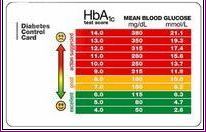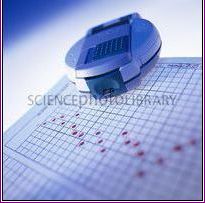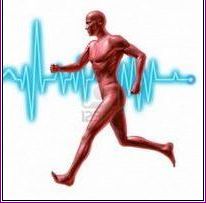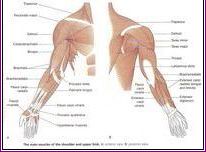
When someone has diabetes, it is important that they test their blood glucose levels on a regular basis. Knowing what their healthy level is and noticing any changes could give them an important head start on controlling any issues that may arise. Testing the levels of glucose in the blood is very easy and can be done at home with simple tools.
There are many things that can be determined from looking at the levels of glucose that someone has in their blood. For example, the reading might indicate how elements such as exercise, diet, stress and illness have affected their blood sugar levels. It can also help a patient's doctor determine how much insulin they should be taking before meals or if their insulin levels need to be adjusted.
It is important to have the proper equipment for testing blood sugar levels, but it can be found easily at any grocery store or pharmacy. The two most important pieces of equipment are the blood glucose meter and the testing strips. It is very important that patients make sure to get the correct testing strips for the brand of meter that they are purchasing.

When testing and maintaining equipment, there are a few things that someone can do to make sure they are getting an accurate reading every time. It is important to store unused testing strips in the container since exposure to air could affect the results. Expired products should not be used because they are not likely to give an accurate reading. It is also important for users to read all of the directions carefully before beginning and following them exactly while performing the test.

